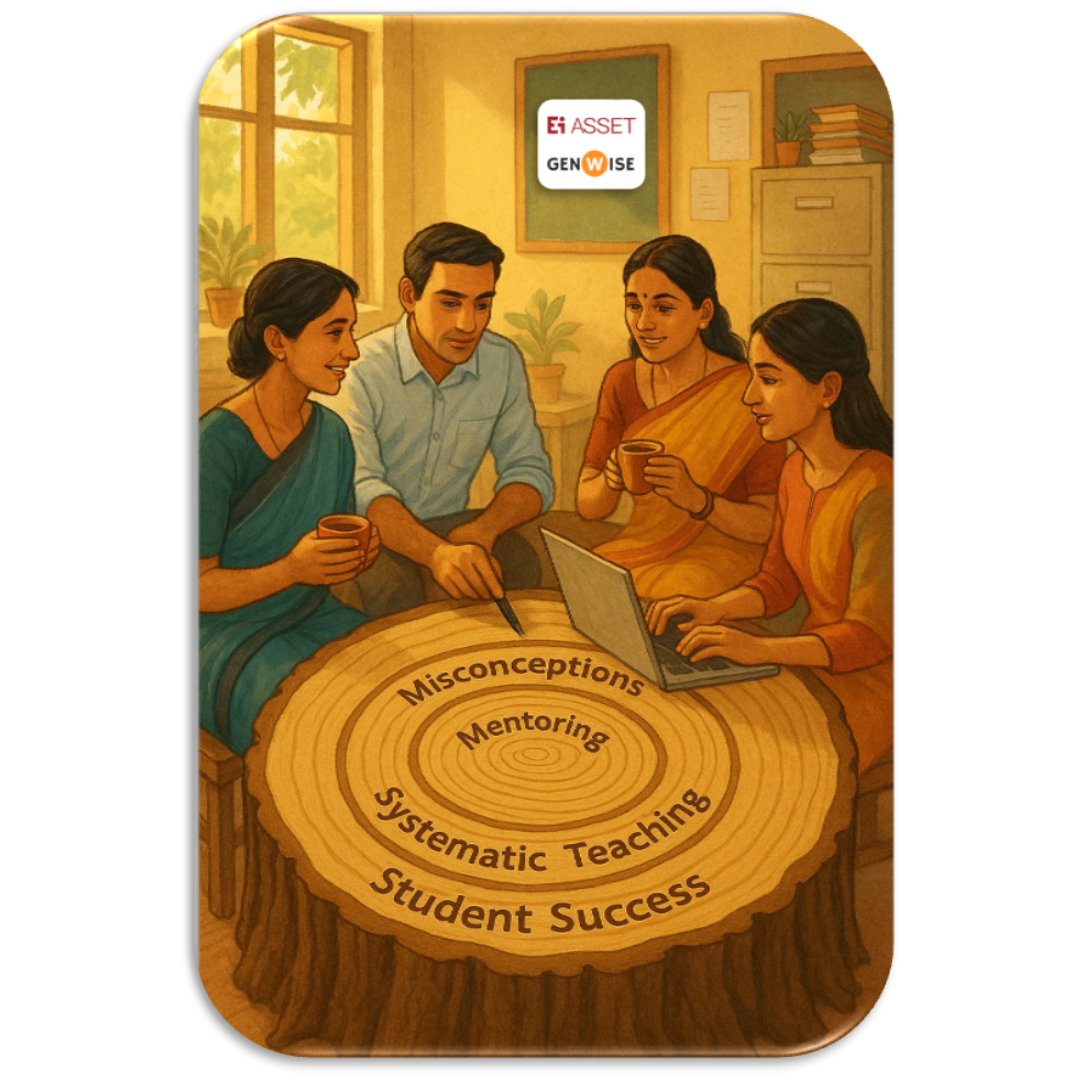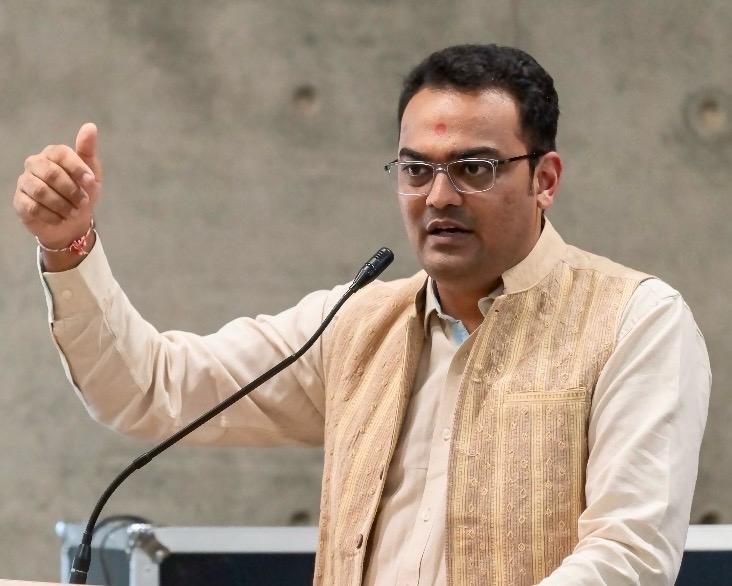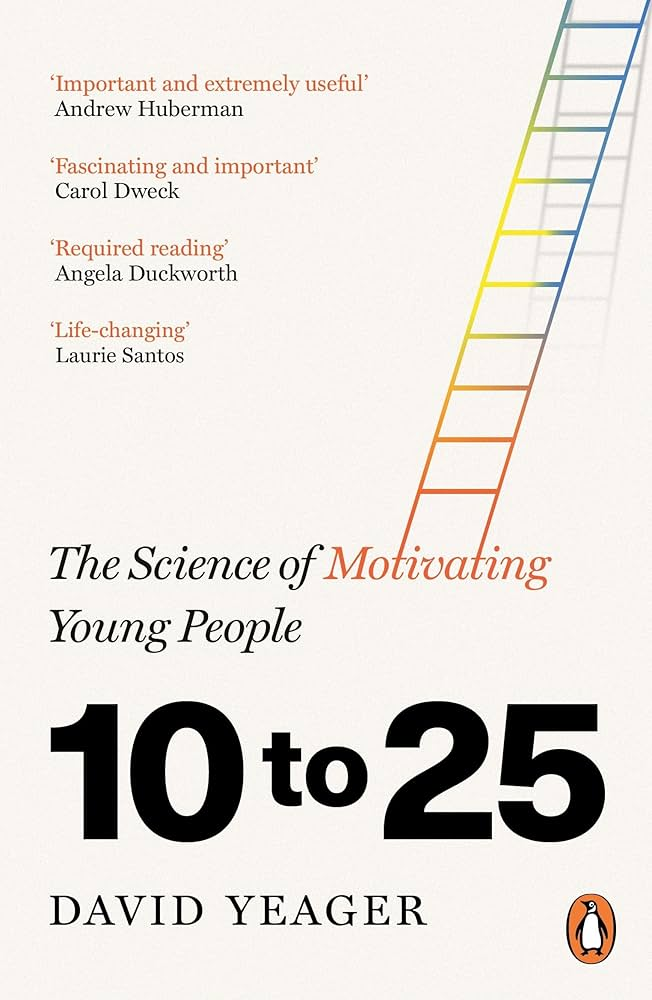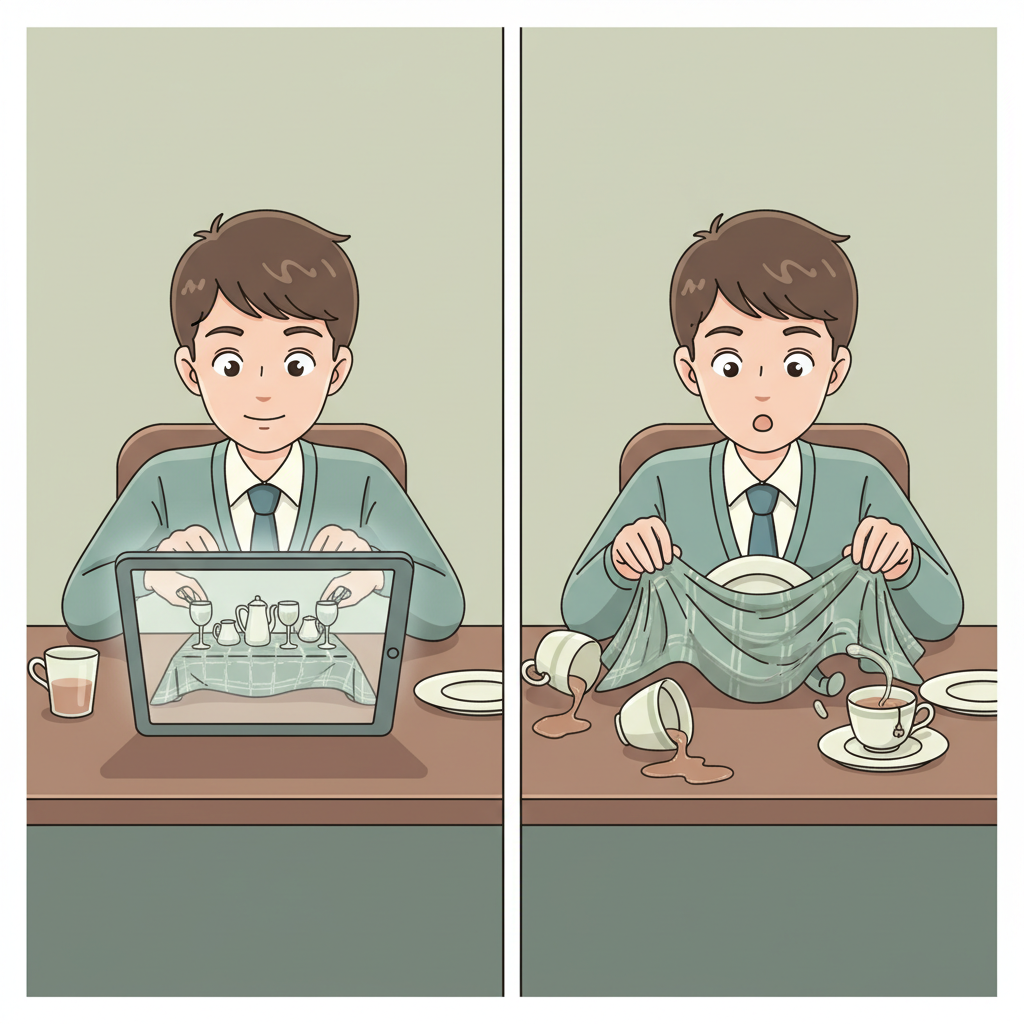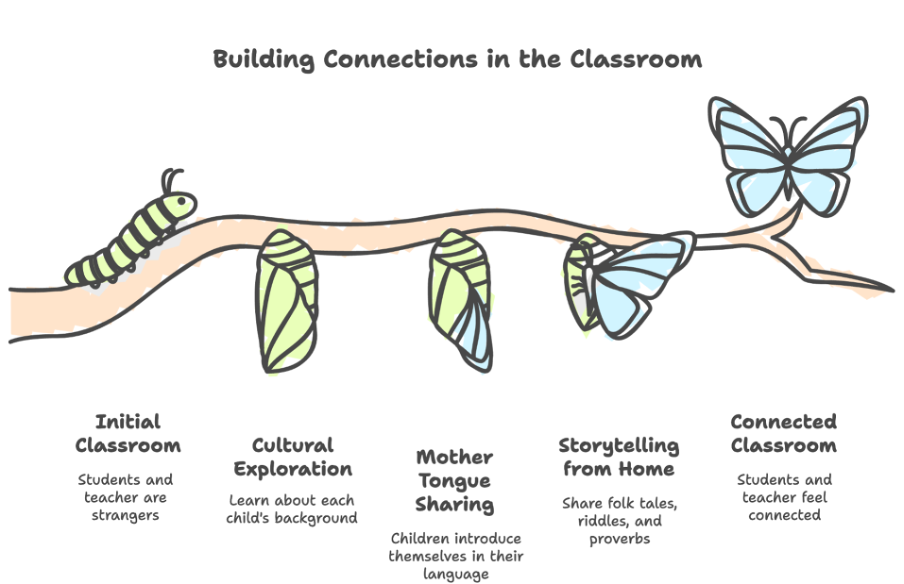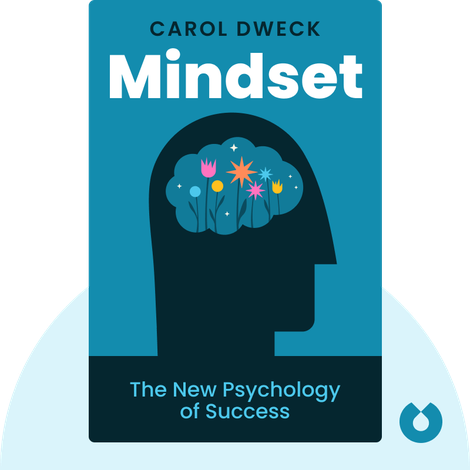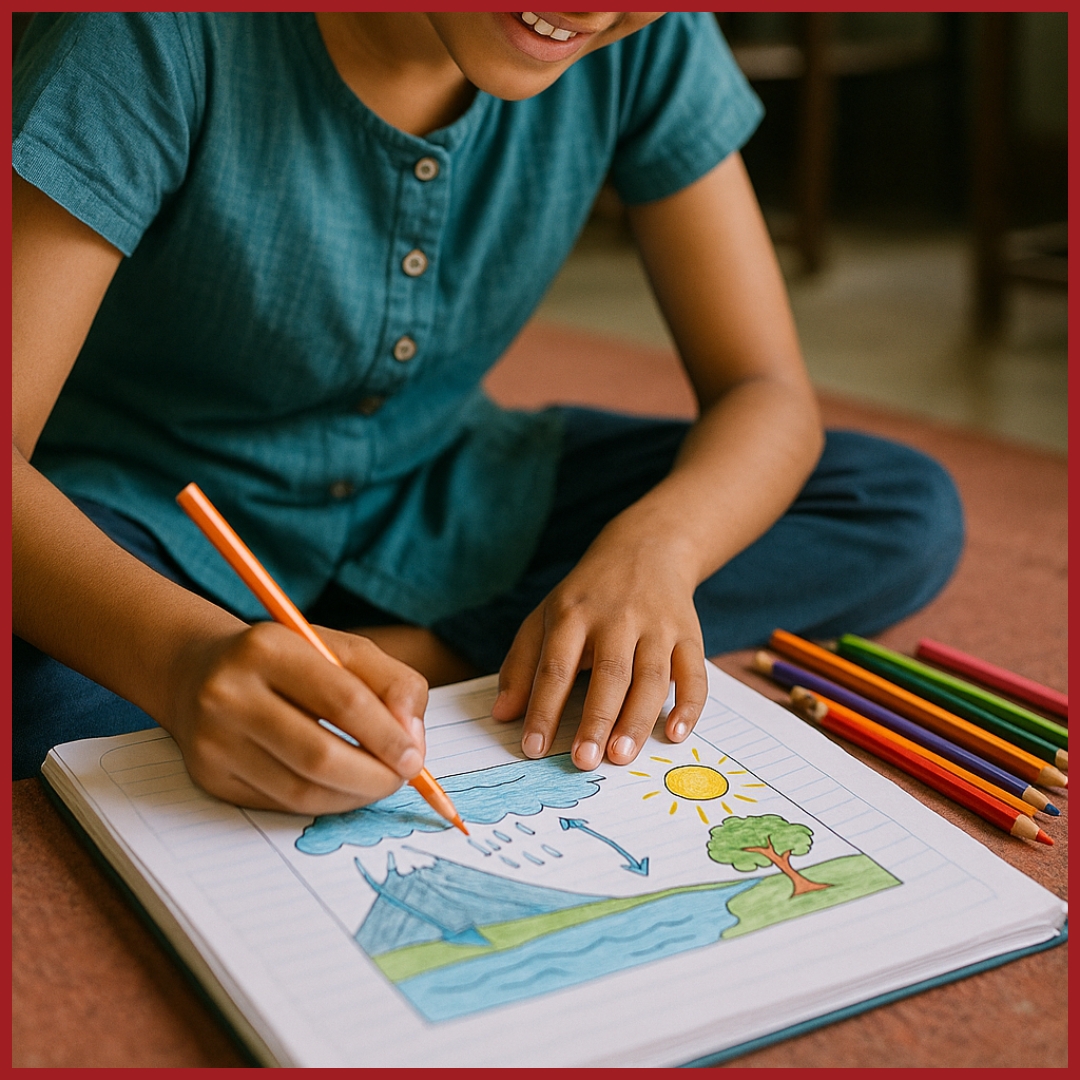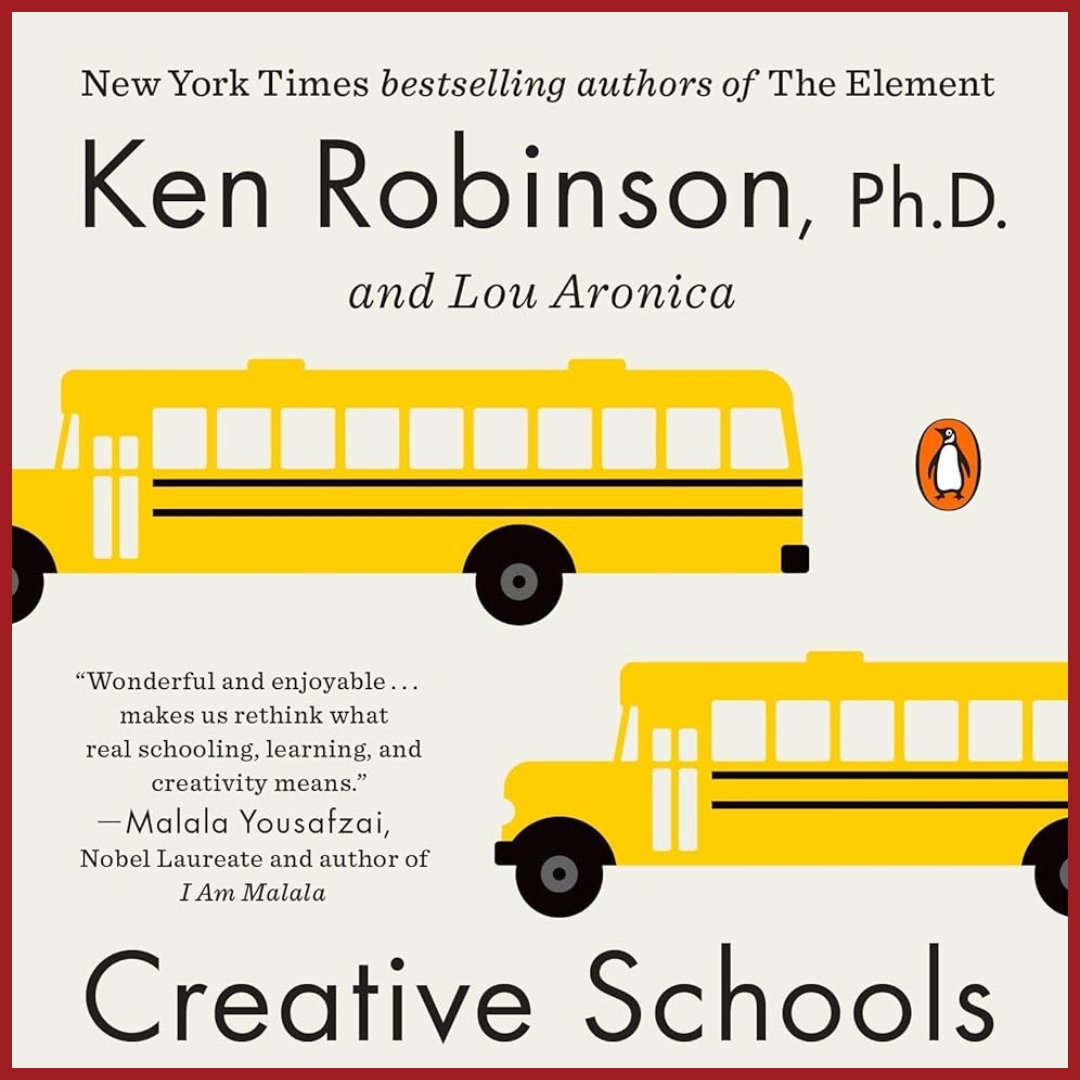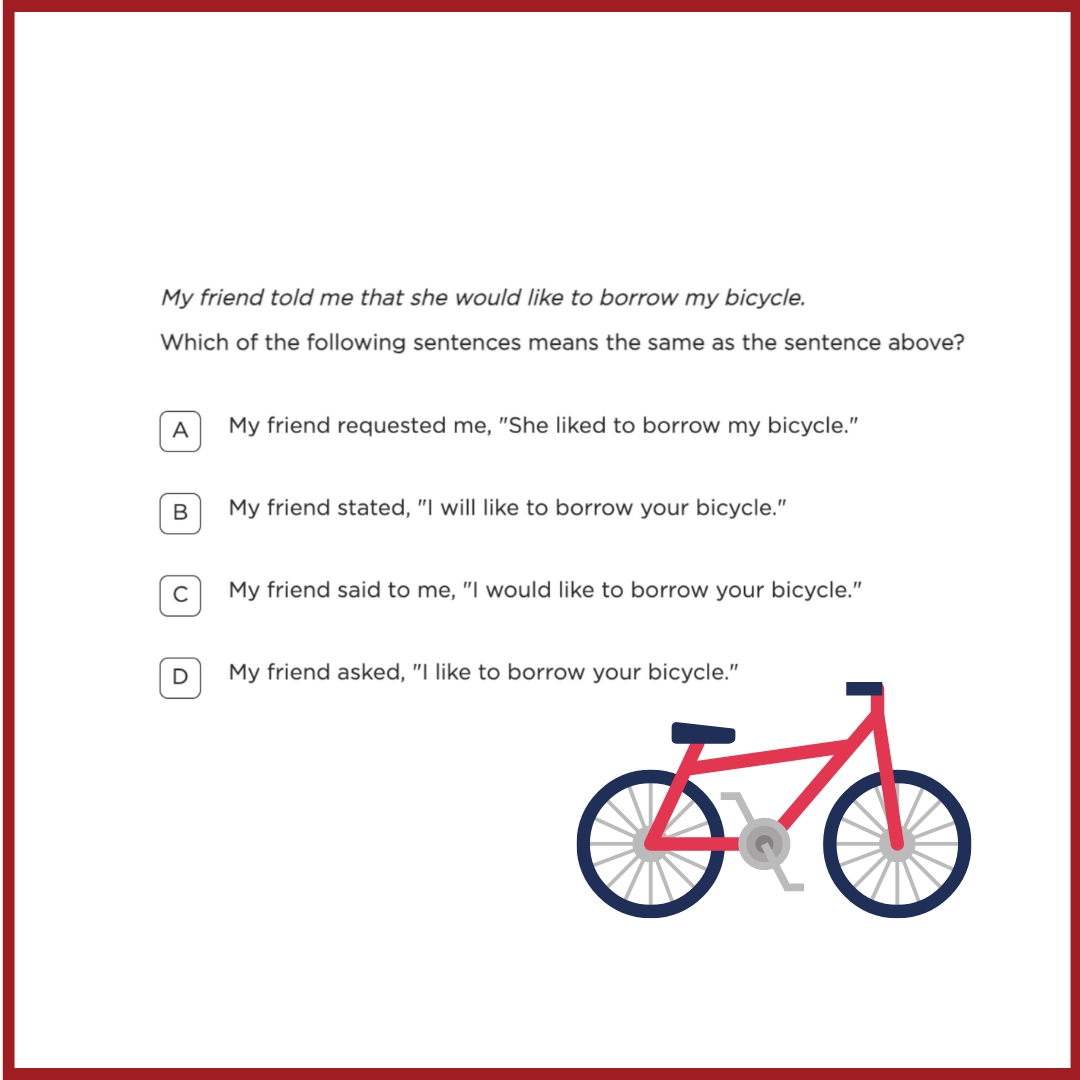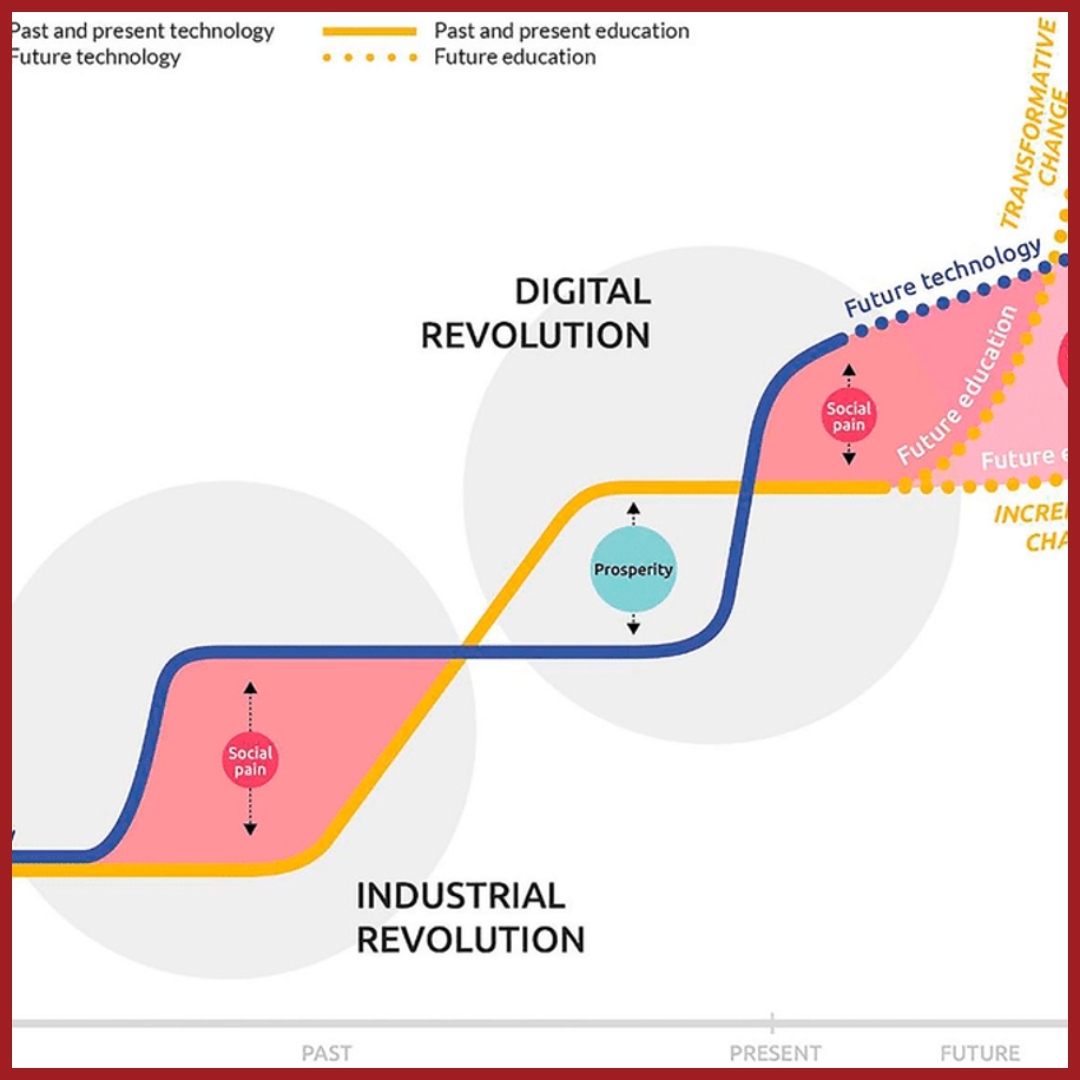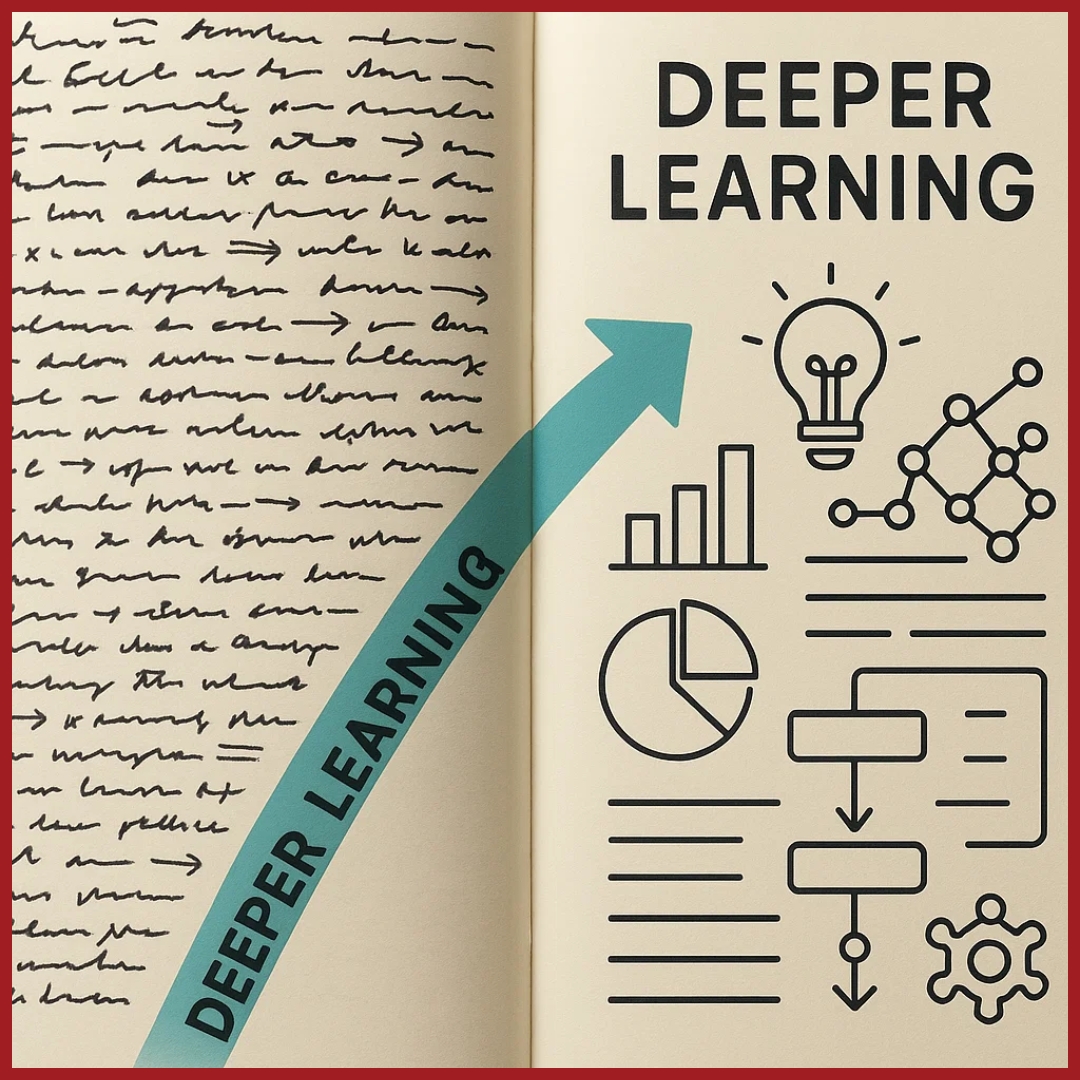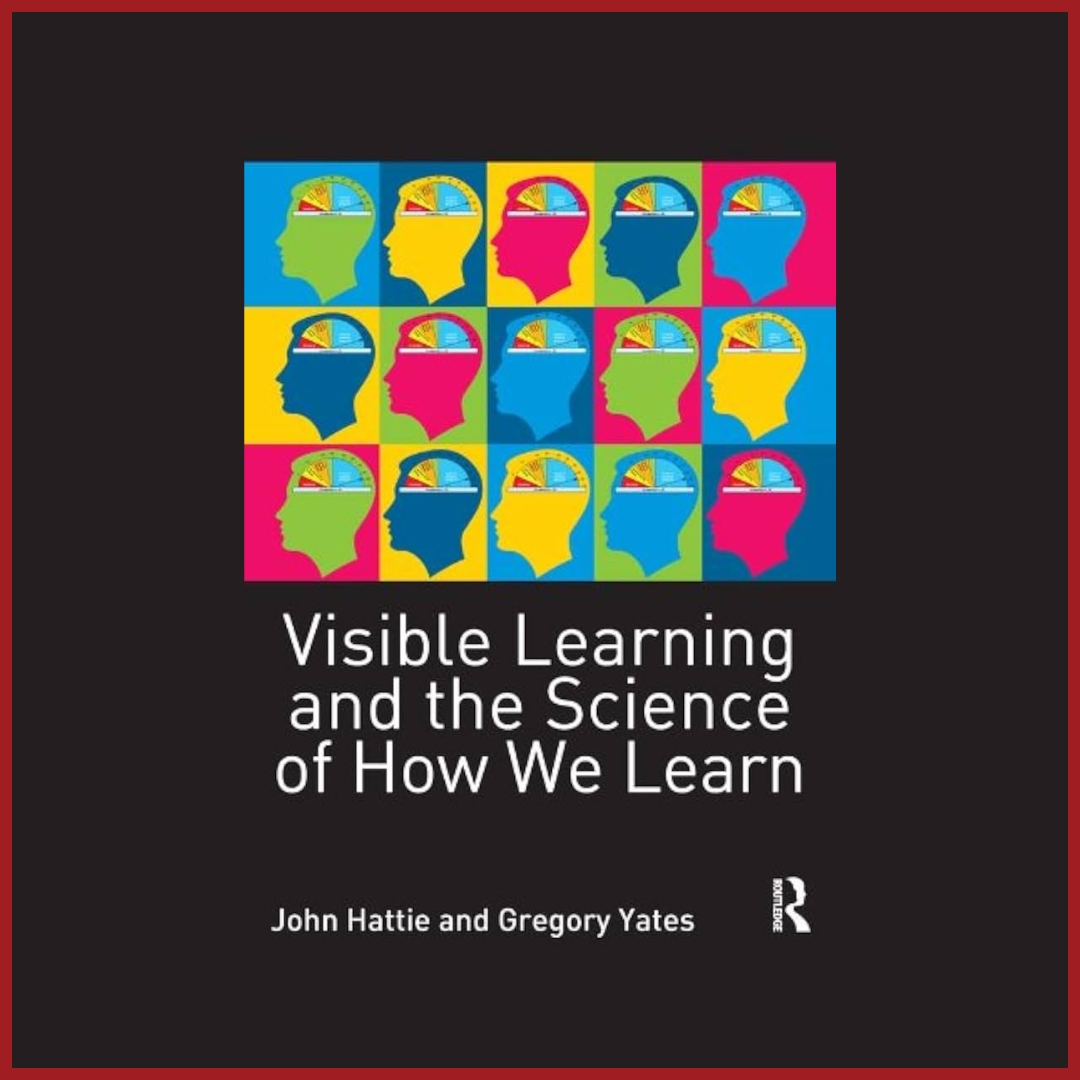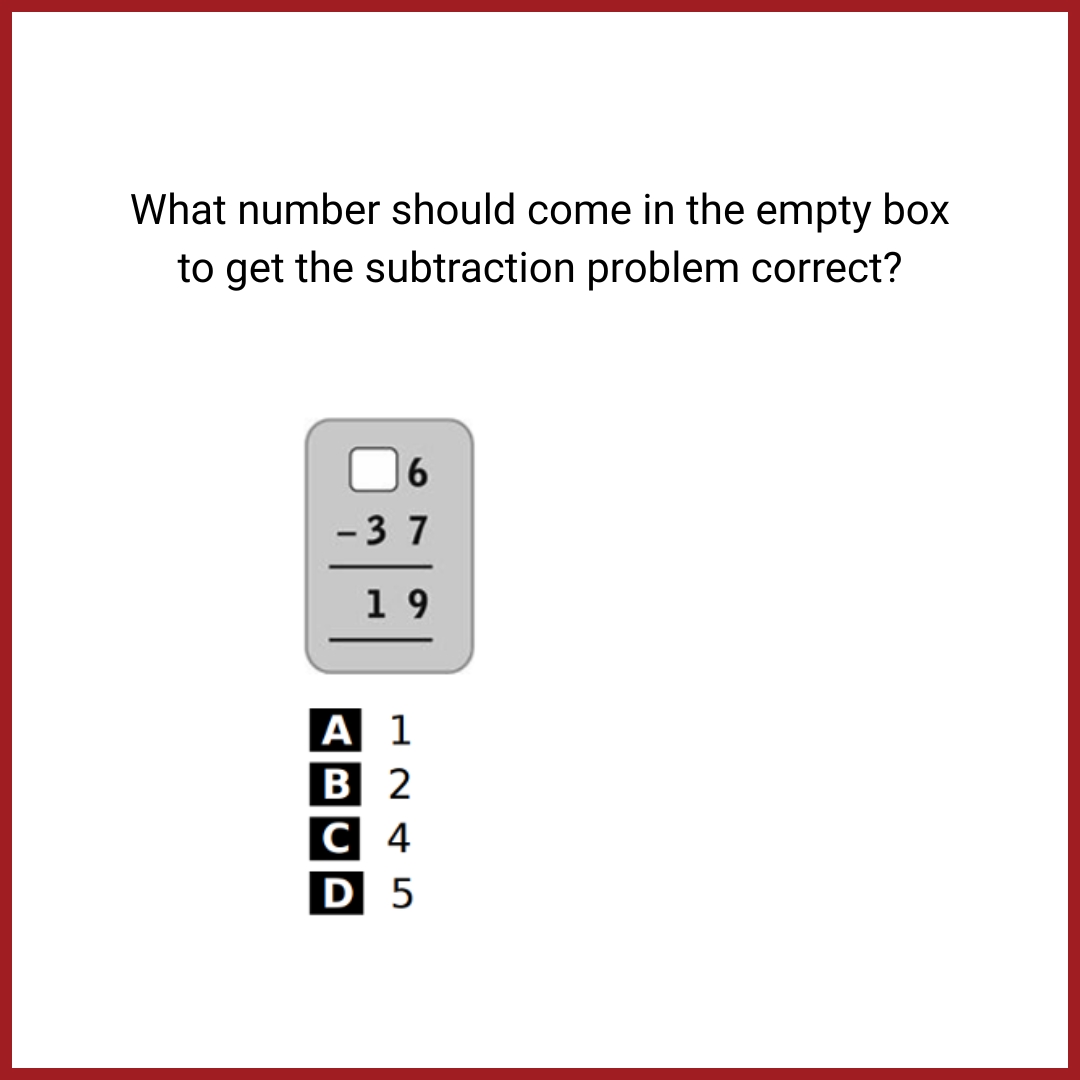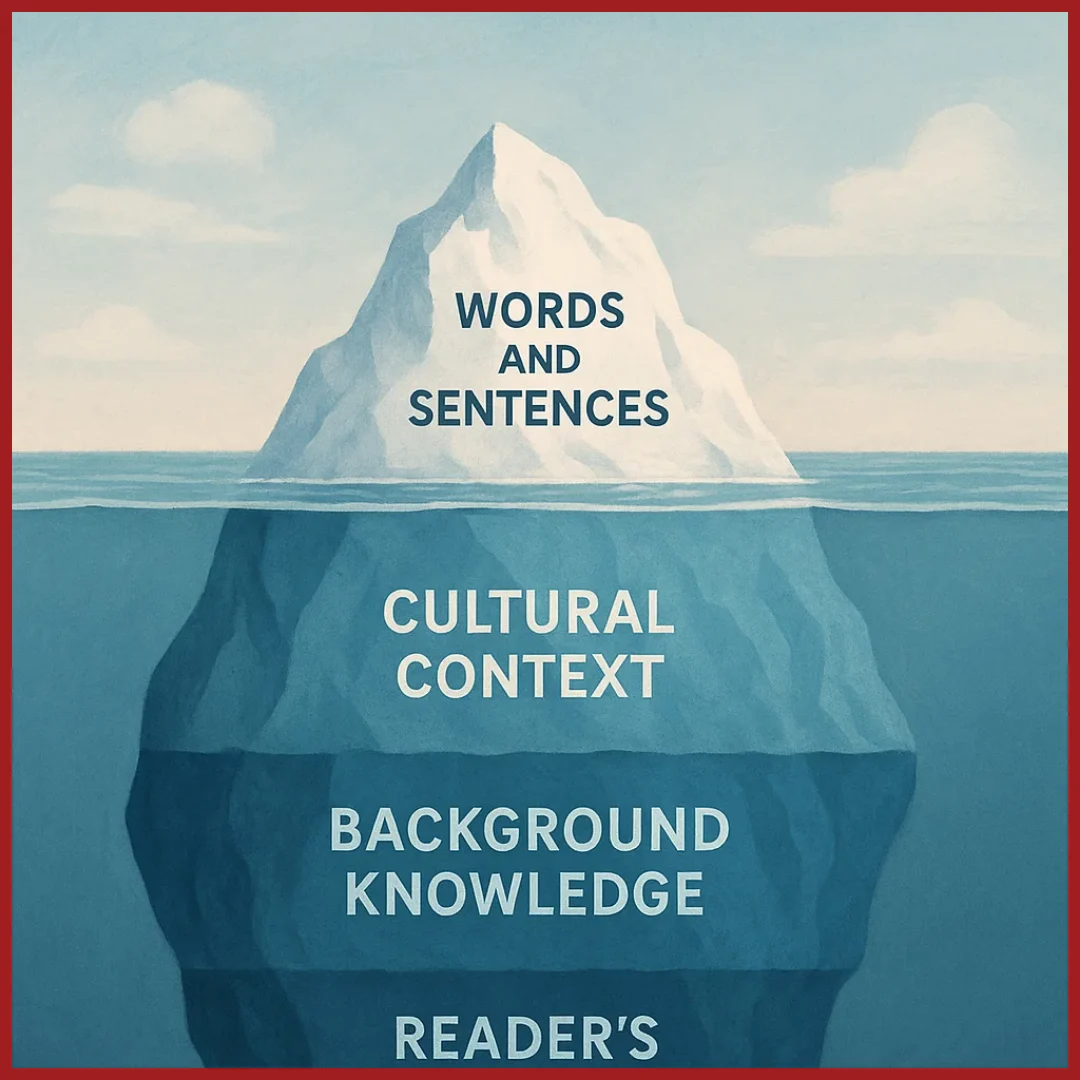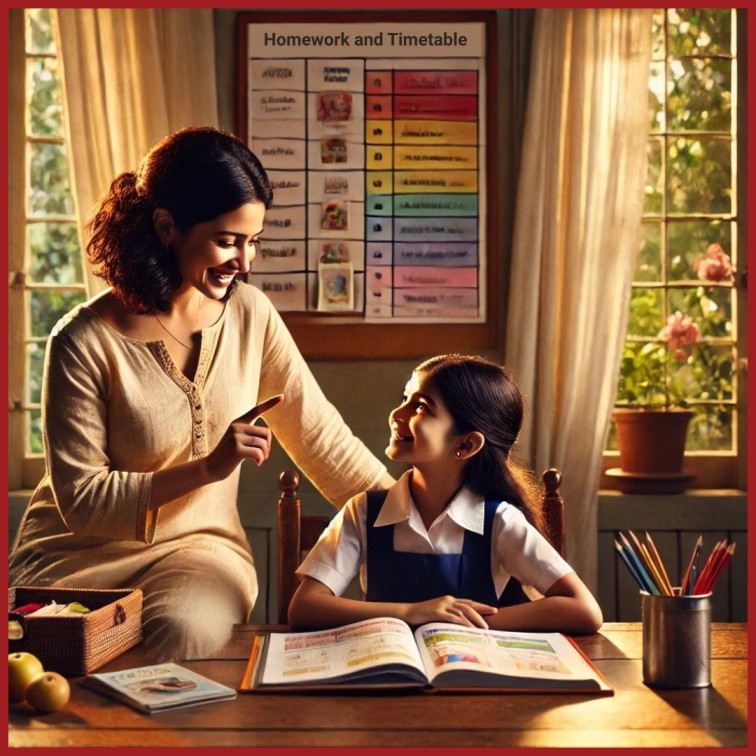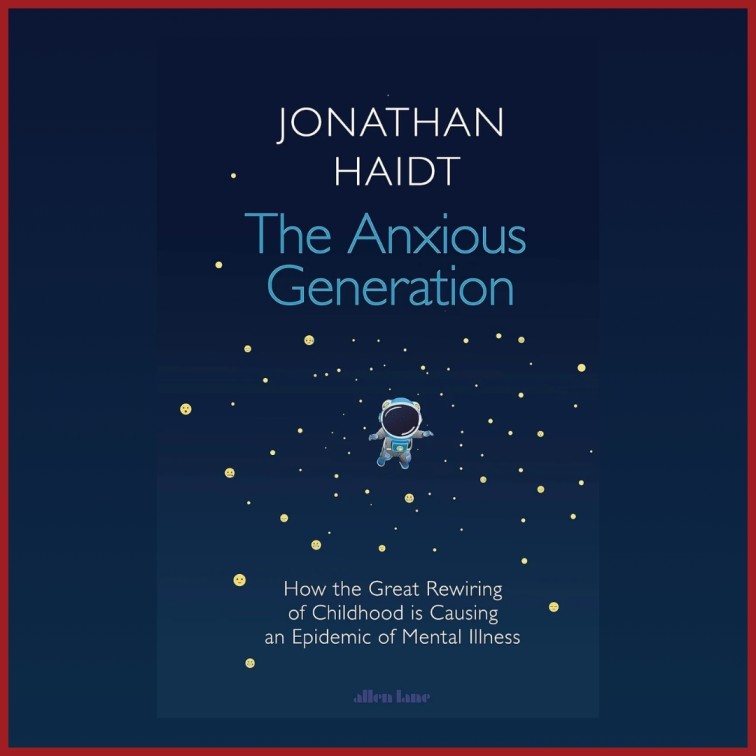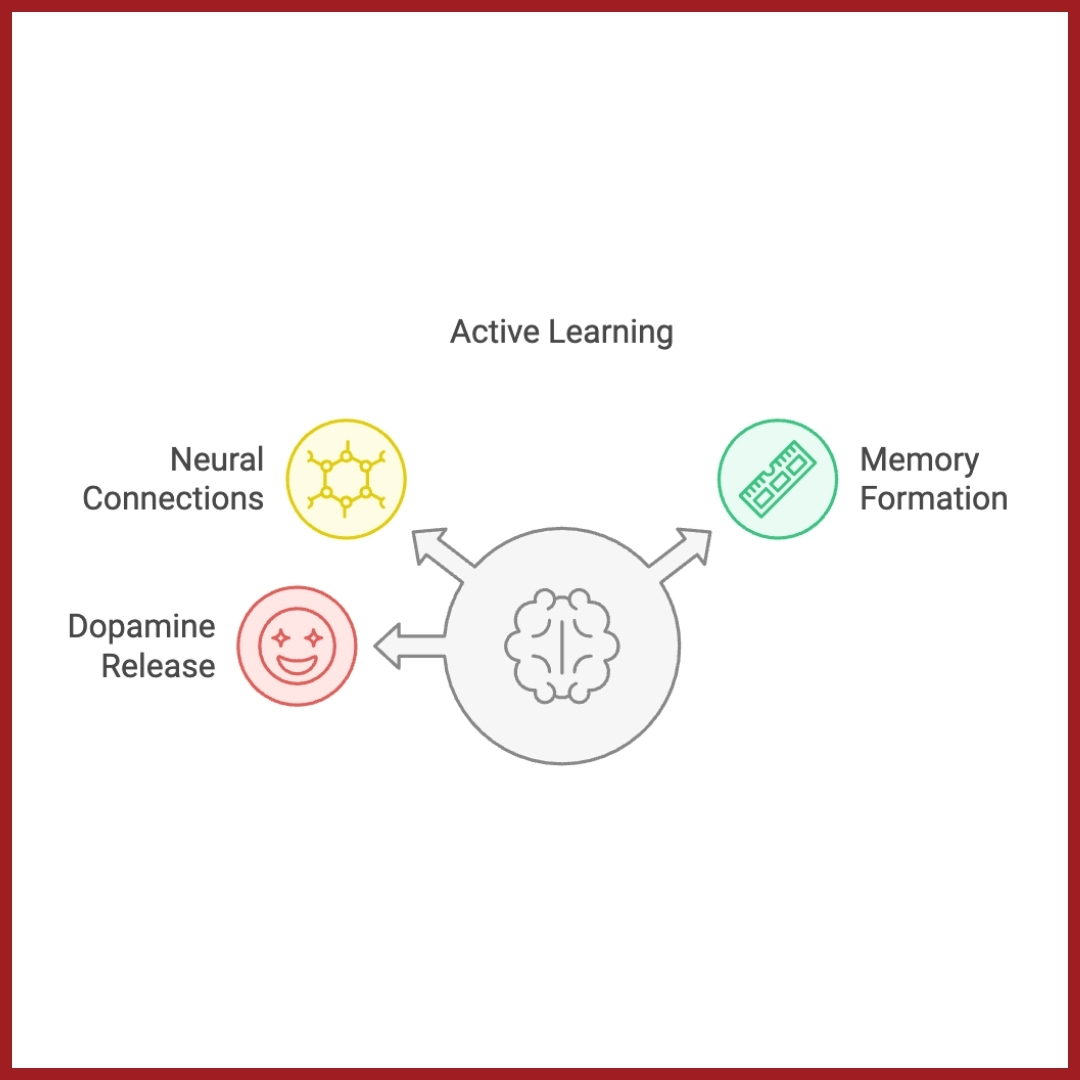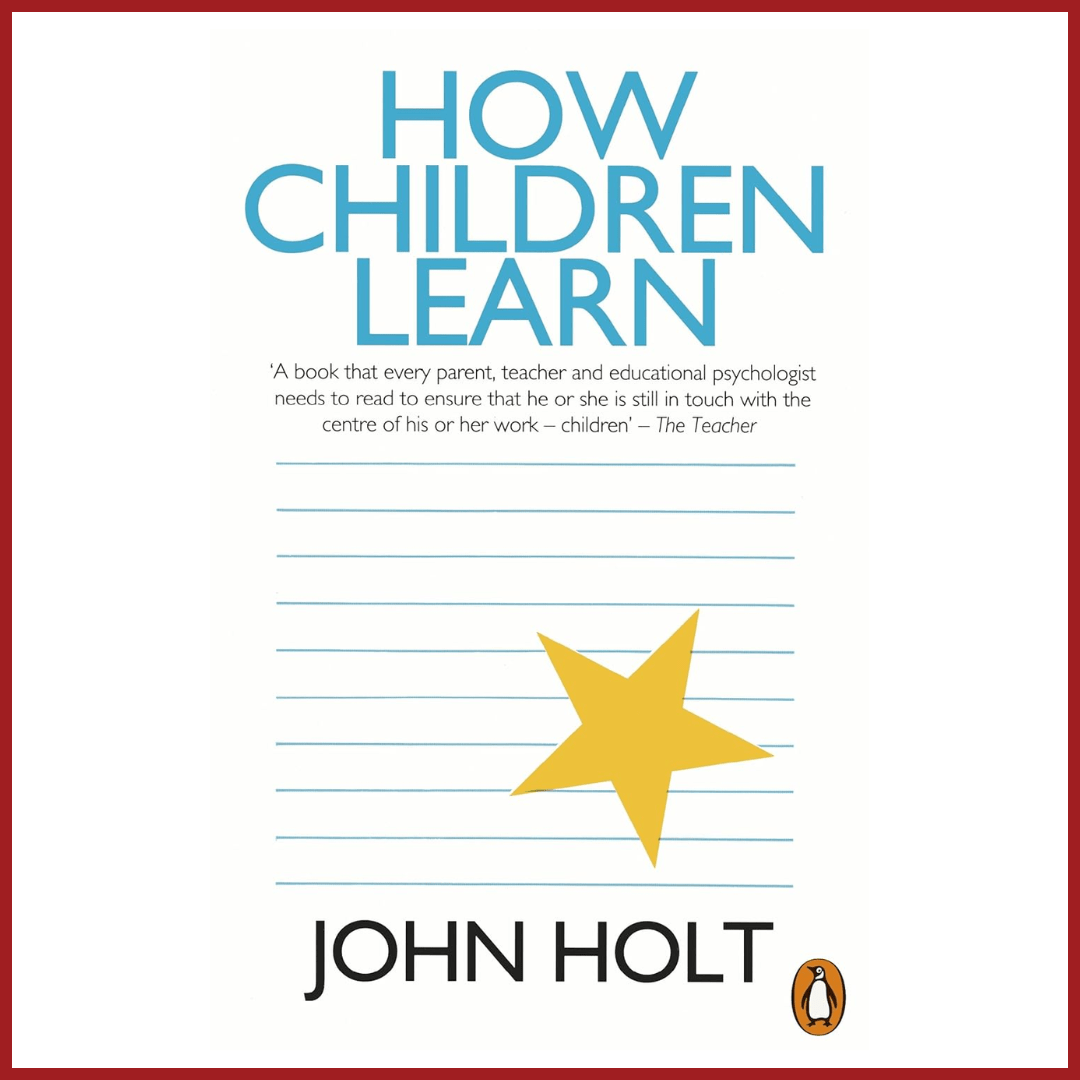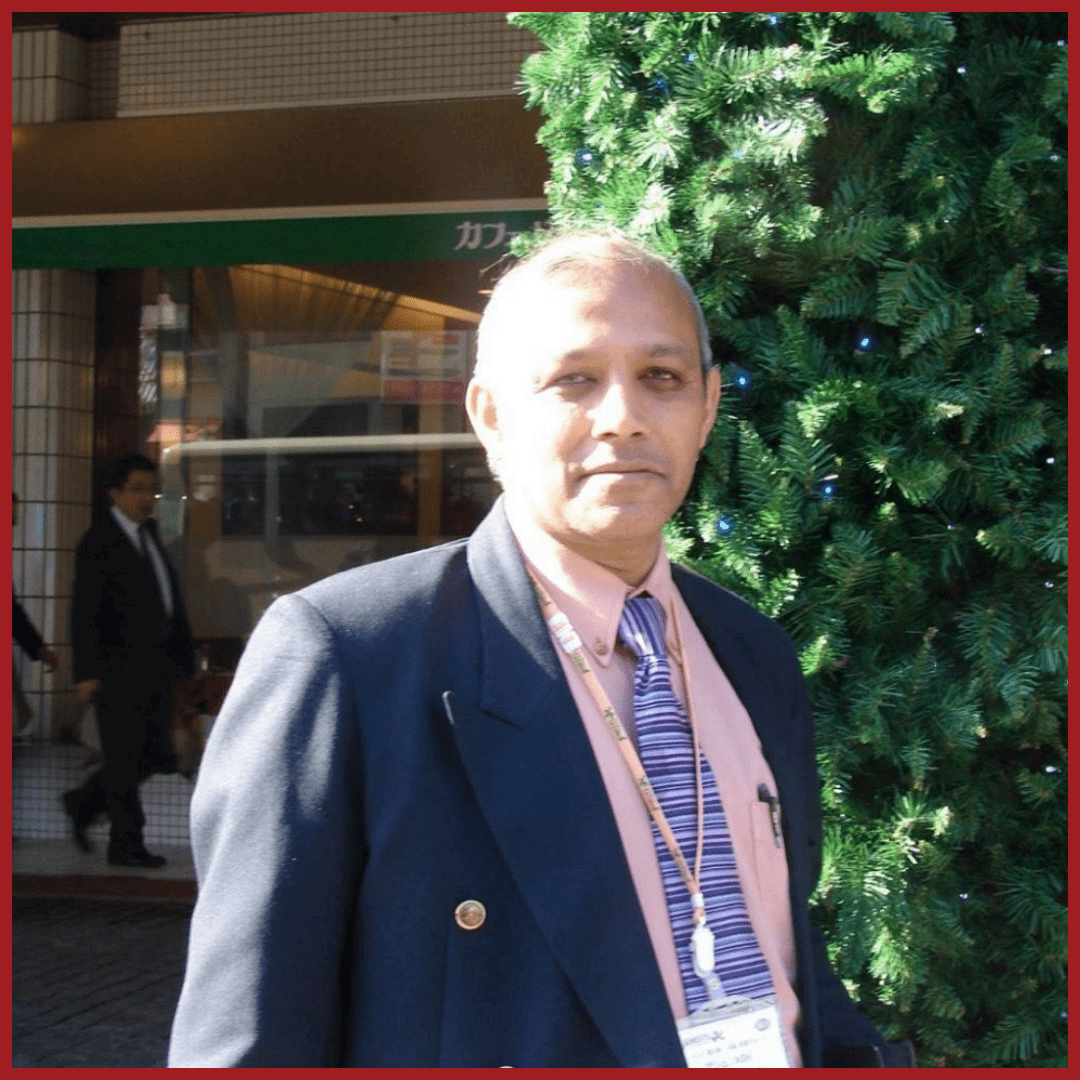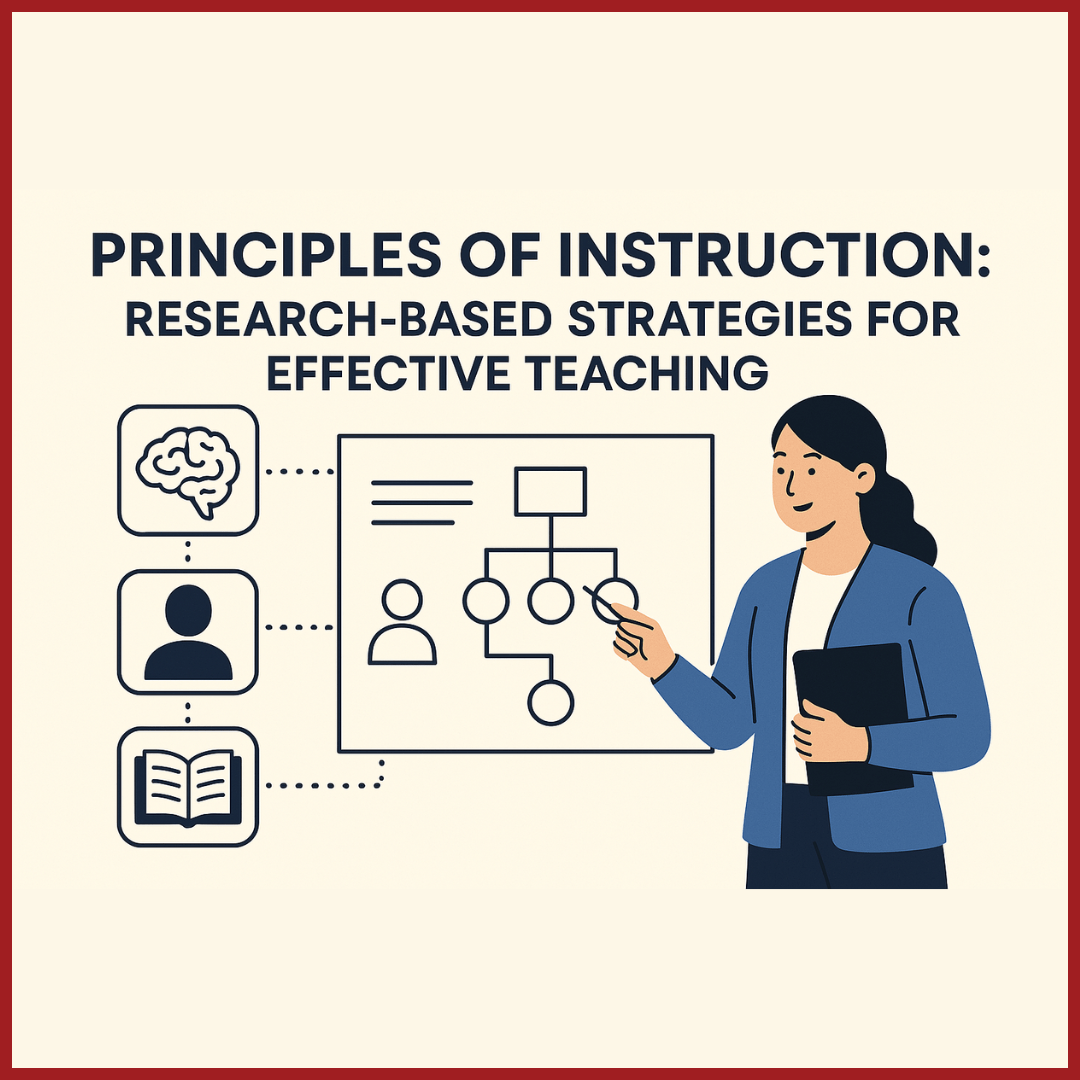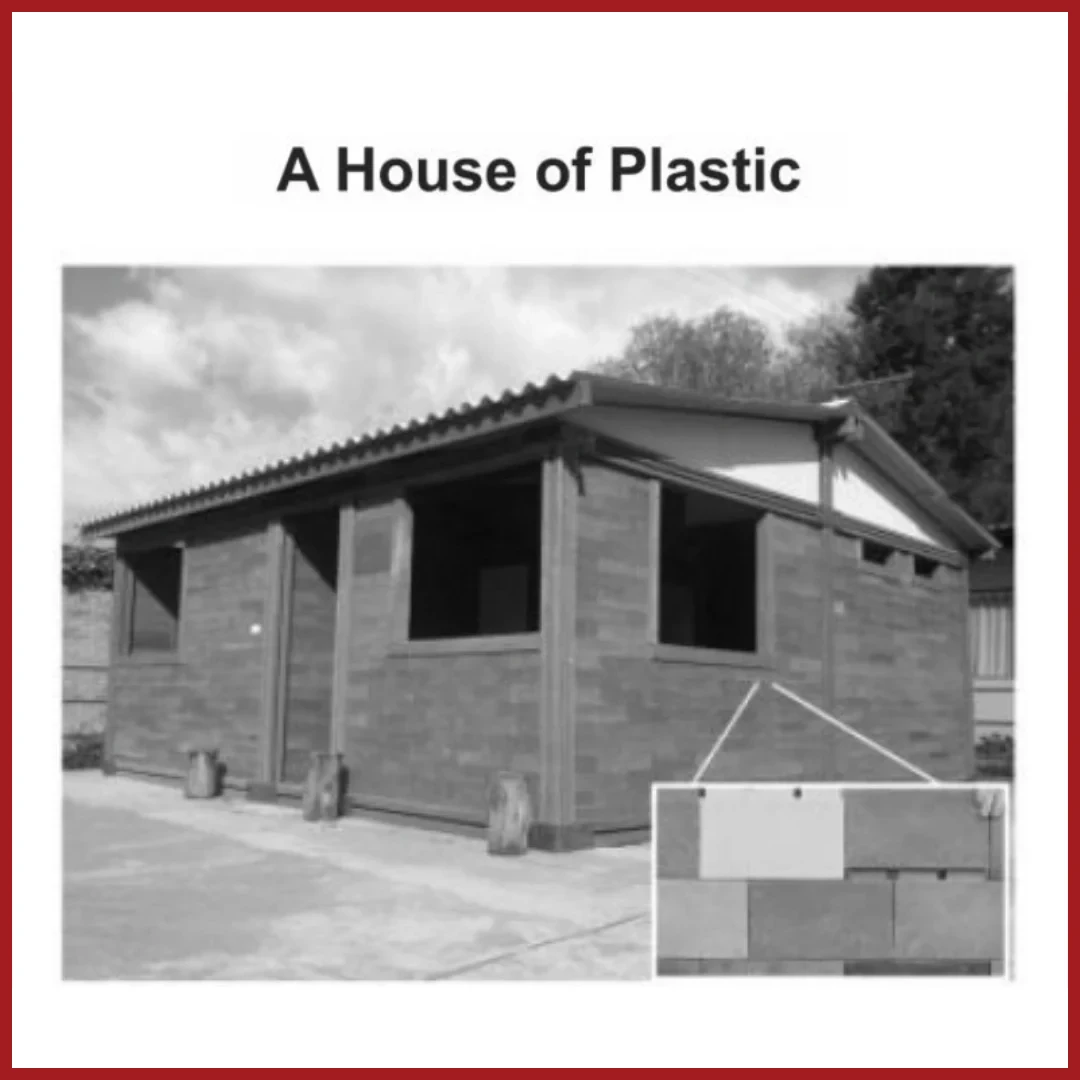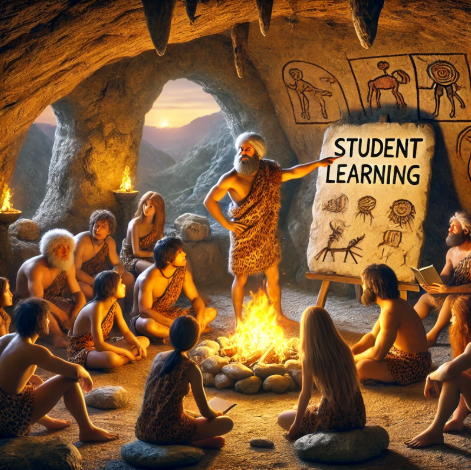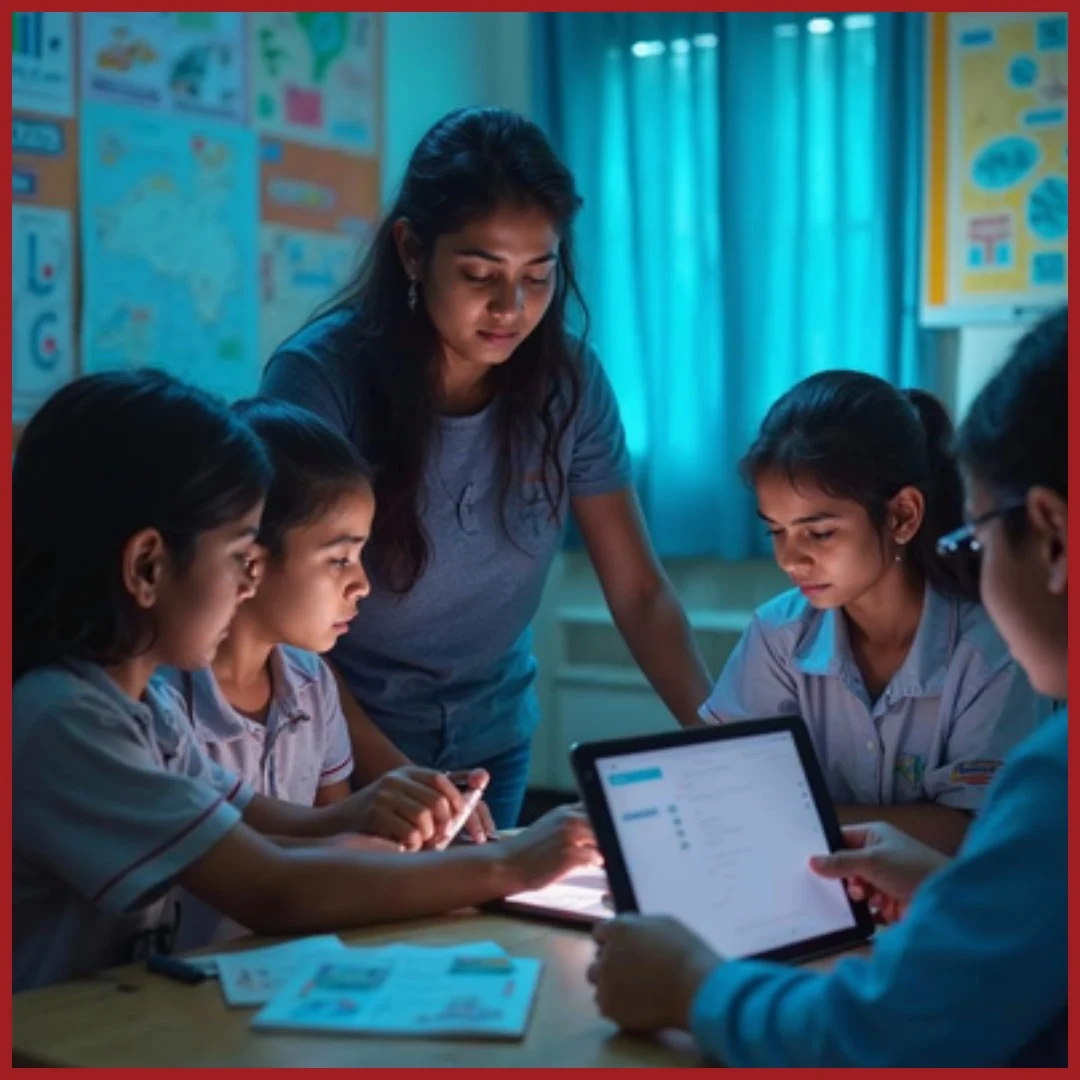Edition 07 | July 2025
Educators Speak: Principal Interview

Mrs. Shilpa Gandhi
Mrs. Shilpa Gandhi began her professional journey in the corporate sector before finding her true calling in education. With over 20 years of experience as an educator, she now serves as the Principal of Jasudben ML School.
Her leadership blends strategic insight with a deep understanding of teaching and learning. Passionate about educational technology, Mrs. Shilpa has championed its thoughtful integration to enrich classrooms and empower educators. She is known for fostering inclusive, values- driven school cultures where both students and teachers thrive. Her journey reflects a purposeful shift — from corporate success to shaping future-ready learners with heart, vision, and intent.Q1. If you could redesign one element of the current schooling system in India from scratch— syllabus, assessment, classroom format, or anything else—what would you start with and why?
If could redesign one element of the current schooling system in India, | would begin with the physical infrastructure of schools — the buildings and spaces where learning happens. Despite all the advancements in pedagogy and technology, school architecture has remained largely unchanged. Classrooms, corridors, labs, and even social spaces have not evolved to meet the needs of today’s learners.
While some institutions have attempted to modernise, the result often mimics commercial aesthetics—like malls or office lobbies—rather than spaces designed to nurture curiosity, creativity, or collaboration. We need school environments that are intentionally designed for learning in all its forms:- Collaborative areas where students and teachers can work together and socially engage.
- Quiet zones for reflection, independent learning, or even downtime—something especially critical in today’s high-pressure world.
- Flexible spaces that support creative movement like dance and drama, which can also function as environments for kinaesthetic and experiential learning, particularly for younger students.
- Maker Spaces —Be it for science, computers, or design— labs must be reimagined not as rigid, desk-bound rooms but as dynamic spaces for exploration and experimentation.
Q2. With increasing awareness around student mental health, how does your school create emotionally safe and supportive spaces without compromising on academic expectations?
With increasing awareness around student mental health, our school has made a conscious effort to create emotionally safe and supportive spaces without compromising academic expectations. We have established a dedicated Student Well-being Centre—a thoughtfully located, neutral space within the school premises that offers privacy and comfort. The centre provides counselling support and academic remediation, catering especially to students with special learning needs and emotional challenges.
Mental health awareness is actively promoted through a dedicated Mental Health Club. Students engage in reflective activities that help them understand their personalities, express emotions, and build resilience. Through age-appropriate discussions, they also learn to cope with common issues such as peer pressure, anxiety, and self-doubt. In the early years and primary grades, we use storytelling as a powerful medium to initiate conversations around values, emotions, and moral dilemmas. Partnering with a leading story book publisher in comic strip format, we bring relatable characters and narratives into the classroom, helping children process complex feelings in a safe, creative way.
In middle school, students participate in a unique program called Wisdom of the Worlds, where they explore global philosophies and reflect on life’s deeper questions. This encourages self- awareness and helps them develop personal value systems and emotional maturity. The Roots Club further strengthens their emotional grounding by connecting students with India’s rich cultural and historical heritage. This builds a strong sense of identity and pride, which acts as an emotional anchor during challenging times. These initiatives are not isolated from academics— they are seamlessly integrated into the curriculum.
Our students are nurtured emotionally while being intellectually challenged, allowing them to thrive in both dimensions without compromise.
Q3. What is one ‘beautiful question’ that every student should be encouraged to ask before they graduate?
One ‘beautiful question’ every student should ask before they graduate is: “What does success and happiness look like to me?”
In today’s world, these words are widely discussed—on social media, in films, and public discourse. Unlike earlier generations who often experienced happiness and success without defining them, young people now face constant external pressure to fit into predefined versions. From my own personal experience, I’ve learned that happiness does not need success to exist. True happiness can come from moments of connection, purpose, and self-acceptance— independent of external achievements. Encouraging students to ask this question helps them reflect on what truly matters to them, shaping an inner compass that can guide them well beyond school.
4. What does meaningful ‘discipline’ look like in a modern school today—and how has your own view on discipline evolved over the years?
My understanding of discipline has evolved through two contrasting experiences in my early life.
At
school, discipline was rigid and fear-based. Our principal enforced rules strictly, leaving no
room for individual circumstances or dialogue. While it ensured order, it also created anxiety and
resentment—something many of my classmates recall with discomfort.
At home, however, discipline was internalised. There were unspoken but clear expectations around responsibility and routine. | developed a strong sense of sincerity and commitment to any task entrusted to me. This inner discipline shaped my academic success and conduct, even if it didn’t make me particularly socially agile. Still, these values became defining strengths of my character.
When | began teaching, | initially mirrored the stricter model | had experienced. Over time, however, | realised that true discipline must go beyond enforcement. Today, | believe discipline should be consistent yet compassionate. | prioritise listening to all perspectives before making decisions. Understanding context and allowing students to voice their side fosters trust and accountability. That said, | find that self-discipline—a key to long-term success—is often lacking among students today, and sometimes among parents as well.
I frequently remind students to become self-regulating individuals and encourage parents to support the school in upholding shared values, rather than seeking exceptions. Meaningful discipline in a modern school must nurture self-awareness, respect, and responsibility—qualities that prepare students not just to follow rules, but to lead with integrity.
At home, however, discipline was internalised. There were unspoken but clear expectations around responsibility and routine. | developed a strong sense of sincerity and commitment to any task entrusted to me. This inner discipline shaped my academic success and conduct, even if it didn’t make me particularly socially agile. Still, these values became defining strengths of my character.
When | began teaching, | initially mirrored the stricter model | had experienced. Over time, however, | realised that true discipline must go beyond enforcement. Today, | believe discipline should be consistent yet compassionate. | prioritise listening to all perspectives before making decisions. Understanding context and allowing students to voice their side fosters trust and accountability. That said, | find that self-discipline—a key to long-term success—is often lacking among students today, and sometimes among parents as well.
I frequently remind students to become self-regulating individuals and encourage parents to support the school in upholding shared values, rather than seeking exceptions. Meaningful discipline in a modern school must nurture self-awareness, respect, and responsibility—qualities that prepare students not just to follow rules, but to lead with integrity.
Q5. If you were to create a ‘parent orientation to modern learning' session, what are three key ideas you would want every parent to walk away with?
If I
were to create a ‘Parent Orientation to Modern Learning’ session, these are the three key ideas
would want every parent to walk away with:
1. Children learn more from what they observe than what they’re told. Parents are role models—
whether they intend to be or not. Children internalise behaviours, attitudes, and values by watching
the adults around them. Therefore, it is critical for parents to model the qualities they want their children to develop—respect, responsibility, emotional regulation, and curiosity.
2. Routine and consistency are far more powerful than momentary rewards or overindulgence. Growth happens in the quiet rhythm of everyday effort. It’s the small, repeated habits—such as reading regularly, respecting time, sleeping well, and managing screens—that shape a child’s learning mindset. Excesses, whether in the form of over-scheduling or over-pampering, often hinder rather than help a child’s development.
3. A trusting partnership between school and parents is essential. It must always be about the child—not about defending parenting choices or questioning school decisions in isolation. We are on the same team. When parents and educators work together with mutual respect and open communication, children thrive. Blame and defensiveness, especially in moments of challenge, create confusion for the child and erode the sense of security and consistency they need to grow into well-adjusted, balanced individuals.
These three ideas form the foundation of a strong home-school connection that supports modern learning in both spirit and practice.
2. Routine and consistency are far more powerful than momentary rewards or overindulgence. Growth happens in the quiet rhythm of everyday effort. It’s the small, repeated habits—such as reading regularly, respecting time, sleeping well, and managing screens—that shape a child’s learning mindset. Excesses, whether in the form of over-scheduling or over-pampering, often hinder rather than help a child’s development.
3. A trusting partnership between school and parents is essential. It must always be about the child—not about defending parenting choices or questioning school decisions in isolation. We are on the same team. When parents and educators work together with mutual respect and open communication, children thrive. Blame and defensiveness, especially in moments of challenge, create confusion for the child and erode the sense of security and consistency they need to grow into well-adjusted, balanced individuals.
These three ideas form the foundation of a strong home-school connection that supports modern learning in both spirit and practice.
Enjoyed the read? Spread the word
Interested in being featured in our newsletter?
Check out the latest edition here.
Feature Articles
Join Our Newsletter
Your monthly dose of education insights and innovations delivered to your inbox!
powered by Advanced iFrame

